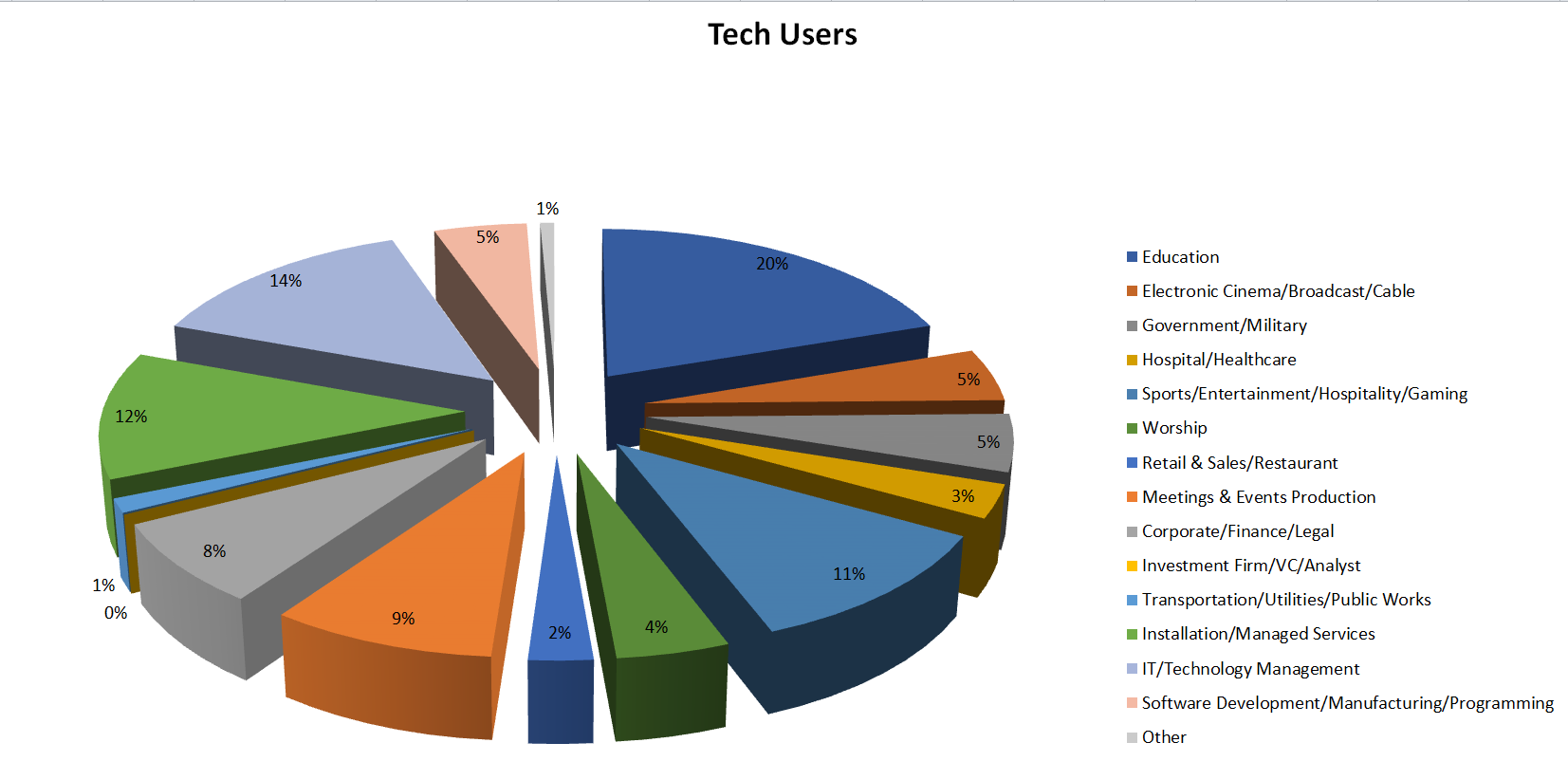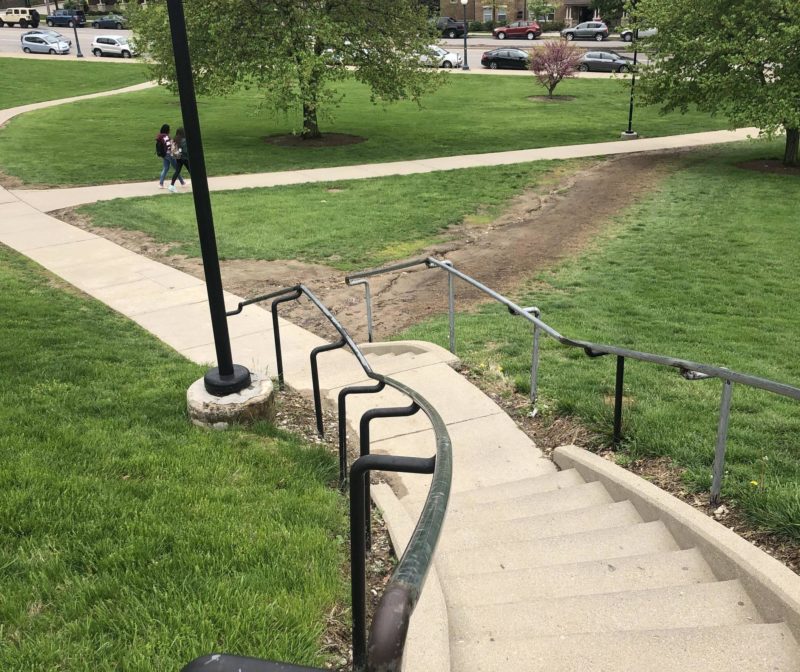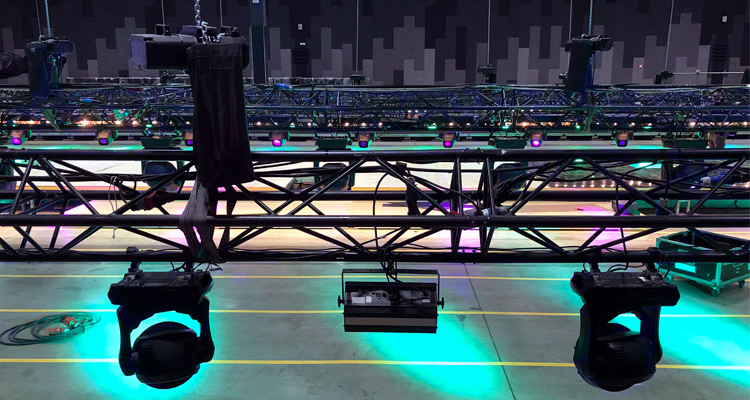The Rising Tide of Tech Users at InfoComm
Imagine you were walking the floor of the Las Vegas Convention Center at InfoComm 2018. You walk up to a random person without looking at their badge and shake their hand.
What are the odds you just shook hands with an integrator?
A. 50 percent
B. 40 percent
C. 30 percent
D. 20 percent
If you are like me, you most likely just answered B or C, and also just like me, you’d be wrong.
If you were to walk up to a random person at InfoComm 2018 and shake their hand you would’ve had a one in five chance, (20 percent, or D) of meeting an integrator. To me, that was rather low for what I’ve traditionally thought of as a show that caters to an integrator audience.
Interestingly enough, the chances of meeting an end user or “tech user” as AVIXA classifies them, would’ve been double that at 40 percent.
If you’ve been reading InfoComm review blogs or listening to post-show podcasts, you may already know that tech users made up more than 40 percent of the attendees for the second straight year. They accounted for 44 percent of the indigenous population in Orlando in 2017 and nearly 42 percent in Las Vegas this year.
This means that there has been a steady increase in the percentage of tech users at the show from 2010, when they accounted for 31 percent, to 2015 when they jumped up to 35 percent, to today where we are above 40 percent of the attendees. There have been some mixed comments about whether this represents a major shift in the show and whether or not that signals a good or bad thing for our industry.
Whether you’ve already formed an opinion on this or not, I think it is valuable to know a little more about the numbers, as well as about some of the actions that may have precipitated the change we’re seeing. Given that, I asked AVIXA for the demographic breakdown of this year’s show, as well as some historical data to be used as a reference point.
First and foremost, if you want to know whether or not having more tech users on the floor at InfoComm is a good or bad thing, it’s important to know what kind of tech users we’re talking about.
Here is a visual breakdown of the 2018 attendees that identified as tech users by category:

As you may have guessed, tech users from the education space are the largest contingent, and they have been for the last three years. IT and Managed services come in second and third by percentage, which makes sense as well.
There were, however, a couple things I saw in the numbers that I believe are interesting or that represent opportunities.
On the “interesting” front, in 2016 and 2018 when InfoComm was in Las Vegas, HOW tech users accounted for 4 to 5 percent of attendees. But in Orlando, they account for 9 percent or double. I’m uncertain if that has more to do with more mega-churches being within close proximity to Orlando, or if the stigma of Sin City just cuts the attendees in half, but I thought it was interesting none the less. Regardless, if HOW makes up a huge part of your AV business, you may want to double down on Orlando InfoComm shows in the future.
I also noticed that attendees from the sports, entertainment, hospitality and gaming industries have been steadily increasing over the last three years, up 54 percent from 7.1 percent of attendees in 2016 to just over 11 percent in 2018.
Surprisingly, tech users from Meetings and Event Production have fallen slightly over the last three years, and other tech users from Retail and Restaurants (two years) as well as Transportation, Utilities, and Public Works (one years) are, in my eyes, grossly underrepresented and their attendance has been flat over time.
As a final note, even though they are classified as “service providers” and not tech users, attendance from architects, business consultants and advertising agencies is also up quite a bit from previous years, illustrating that the show is starting to draw other partners in to foster collaboration on those fronts as well.
So with tech user attendance on the rise, it must be asked, is this happening by accident or has AVIXA created an environment for this to happen?
If you look back to 2014, one of the first major changes that happened under Labuskes and the old InfoComm moniker was the introduction of the APEx program. If you don’t remember, the main addition to APEx over its CAVSP predecessor was that APEx added in tech user feedback as part of the recertification requirement. In my mind, this was the first step towards putting the tech user front and center.
In 2014, Labuskes and his InfoComm team also introduced their Exceptional Experiences campaign, drawing attention to the end result as opposed to the process and the products as the main goal of AV integration.
In 2015, you may remember that the AV WOW signs made their appearance at InfoComm in Orlando, further emphasizing impact and results over speeds and feeds.
Then there is the repeated and continuous outreach our association has done over the past few years, engaging with architects, advertising firms, hospitality groups, event planners, retail associations and transportation organizations to help drive home the message of how professional AV technology partnerships provide better outcomes and experiences.
If you were paying attention, it really should’ve come as no surprise that InfoComm the organization changed its name to the Audio Visual and Integrated Experiences Association last year. Experience had been an ongoing theme for several years at that point. Experiences are focused on the tech user, the one who experiences the system.
With all this, do I think that it’s good for our industry that our tech user focus and messaging is translating into increased tech user attendance at the InfoComm show?
Of course I do.
There are several advantages to including the tech user in our show and having them involved in our organization.
Increased Exposure
What if I came to your integration firm and offered the opportunity to get in front of over 3000 technology managers for education and another 2000 technology professionals involved in hotels and sports arenas? Would you want to exhibit in that show? Well, that show is InfoComm and those numbers are real data from InfoComm 2018. Tech users on the show floor help manufacturers as well, but they open the door for integrators to exhibit on the show floor based on the potential ROI and exposure to key clients in key verticals. When the show was all industry tradespeople and manufacturers, the opportunity for integrators to profit from a show presence was very small. Now it has been amplified.
Increased Communication
We need to be closer to the customer. This is a theme across all divisions of AV. How many times have you heard that integrators need better access to tech users to design better systems and deliver better UIs? For manufacturers, the best product designs and innovations come from true customer empathy, and you don’t get that level of communication with the end user if you are always going through an intermediary. If we really want to add value and create true technology experiences, we need to be intimately familiar with the existing technology strengths and challenges that the tech user’s organization has. In order to satisfy our customers we have to know their expectations, and in order to do that, we need to remove the barriers of communication.
Increased Understanding
Not only does having tech users on the floor help us to understand their challenges and expectations, but it also helps them understand the intricacies of designing and implementing AV systems. Tech users who are educated and trained in AV technologies, practices, and standards are our best allies. Tech user knowledge is not our enemy. The margin is not in the mystery. If it seems easy, then why do we charge so much? Educated tech users understand the problems created by value engineering. They understand the costs of hiring the lowest bidder. They understand concepts like price vs. cost and total cost of ownership in regards to value. When we all understand the value of trained professionals and quality equipment, we all win. Having tech user’s at InfoComm allows them to gain knowledge through AVIXA coursework, as well as collaborate with potential integration and manufacturer partners through panels and time on the floor to create a truly collaborative environment for knowledge transfer.
True Partnership
To expand on the last line above, having tech users on the floor creates true partnerships. If you build a relationship with the tech user, learn their unique challenges, and then embark on a journey together to solve those challenges through the creative use of technology, how easy is it for them to at the end, replace you with the lowest bidder? Likewise, if the tech user, through open communication and acquired knowledge helps to specify the system and set the standards for its performance, what are the odds that the system is value engineered at the last minute? The truth is, partnership creates loyalty, it creates trust in the specification and it creates an environment where satisfaction is much more likely at the end of each job. This means lifetime customers.
So at the end of the day, I think lowering the AVIXA drawbridge and inviting in the surrounding kingdom is a good thing. It offers way more advantages to us as an industry than it creates problems. Some may prefer to fill the moat and lock the gate, decreeing from the top of the castle walls that we know better and they don’t belong in here. However, I think that’s a strategy that drives customers away, into the commoditized world of hardware that we have been fighting off for some time.
Focus on the tech user and their experiences and we all win. I think AVIXA is doing just that and I like the direction of the Association and the InfoComm show.
I’d love to hear your thoughts in the comments below.





